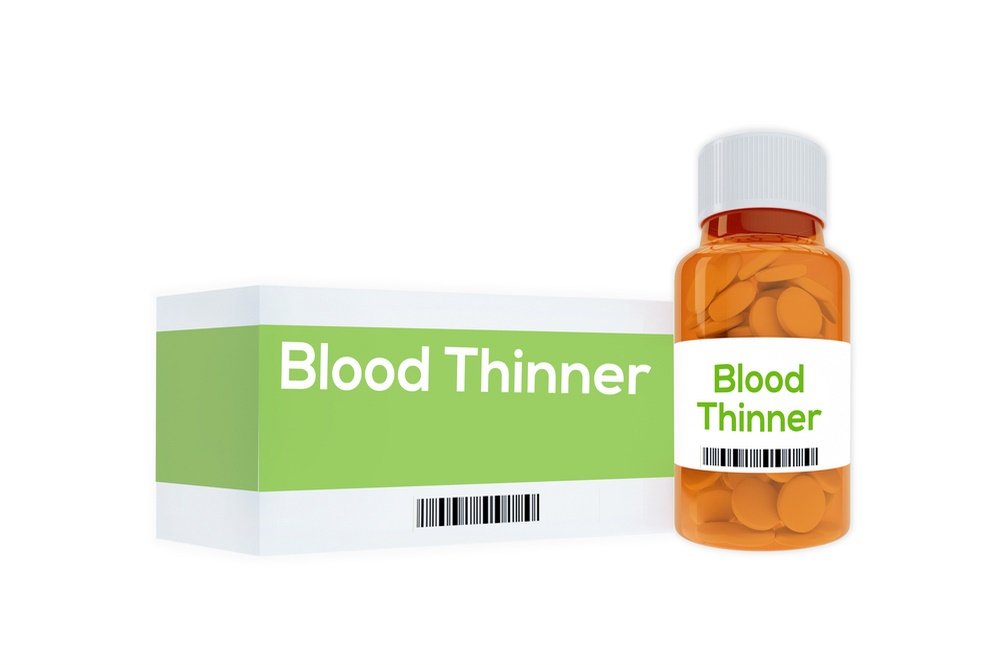Pulmonary Embolism Treatment- Especially Medications List

A pulmonary embolism is a condition in which a blood clot travels from the deep veins in lower extremities to the lungs and disrupt the normal blood flow throughout the body. Fortunately, patients of pulmonary embolism can successfully recover from the condition in a shorter duration through proper treatment and management of symptoms. according to the doctors, a patient with early diagnosis of pulmonary embolism is more likely to recover fast in comparison to others with late diagnosis of the condition. following are some common treatment options for pulmonary embolism: [9]
Medications
Medications known as blood thinners or anticoagulants are the first line of treatment for doctors if the patient is suffering from pulmonary embolism. Blood thinners get their name from the fact that they make it difficult for the blood to clot. Blood thinners or anticoagulants keep the clots from getting larger as the body dissolves them but do not break them up.
Blood thinners
Blood thinners are also known as anti-coagulants and are one of the most common medications for the treatment of blood clots in the lung. Blood thinners play two major roles in the treatment of blood clots; first one is that they keep the blood clot from getting larger in size and the second one is keeping in check the formation of new clots. Blood thinners do not serve a role in dissolving blood clots but our body normally dissolves these blood clots on its own with time. There is a variety of blood thinners available in pill form and the doctor can help you to decide which agent is suitable for your condition. The common prescription of blood thinners are:
- Warfarin: Warfarin is a medication that treats and prevents the clots in the lungs. A patient can receive this medication either through an injection or an IV.
- Heparin: Heparin helps in lowering the chances of new clot formation and you can receive this medication through an IV or a shot.
- Dalteparin
- Tinzaparin
- Enoxaparin
The later three blood thinners are all with a low molecular weight and you can inject them by yourself at home. However, for some patients treatment can start while they are in the ER or in the hospital for the check-up rather than injecting themselves on their own at home. In addition, it is important to note that internal bleeding is the major side effect of taking blood thinners. Internal bleeding can happen if there is too much thinning of your blood by taking these medications. A doctor might test your blood to check on the density of your blood. Also, internal bleeding still remains a risk if you are taking therapeutic doses only. Doctors might use thrombolytic drugs in life-threatening conditions arising due to the use of blood thinners. The thrombolytic medications rapidly break up the blood clots that are resulting in severe symptoms. But careful consideration is important for the use of thrombolytic drugs as they can cause sudden bleeding.
It is important to make changes in what you drink or eat when you are taking blood thinners. For instance, foods rich in vitamin K might interfere with way blood thinners work in your body as vitamin K is popular for its blood clotting properties. That infers that you must try to eat the same amount fish, leafy green vegetables, liver meat, and vegetable oils. It is better to also ask your doctor about drinking alcohol while you are taking blood thinners. However, do not make huge changes in how much more or less that you eat of healthy foods. You must also consult to your doctor about any other over-the-counter or prescription medicines you take. Some medicines that commonly affect the activity of blood thinners include:
- Cold medicines
- Aspirin
- Antibiotics
- Sleeping pills
- Pain medicines
You can expect three months for the blood thinners to work effectively against pulmonary embolism and for some people possibly much longer. However, some people need to take blood thinners for life to control their pulmonary embolism.
